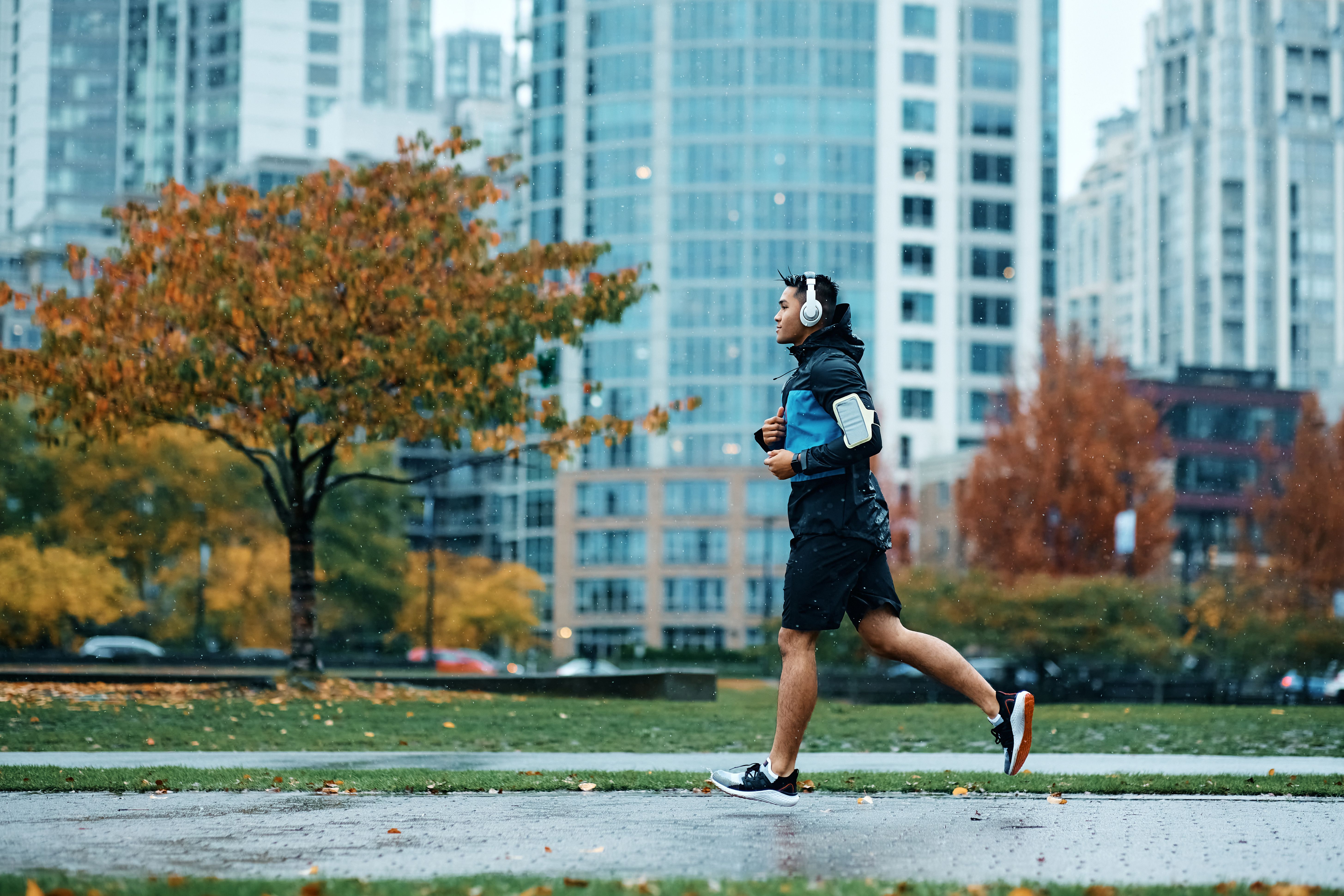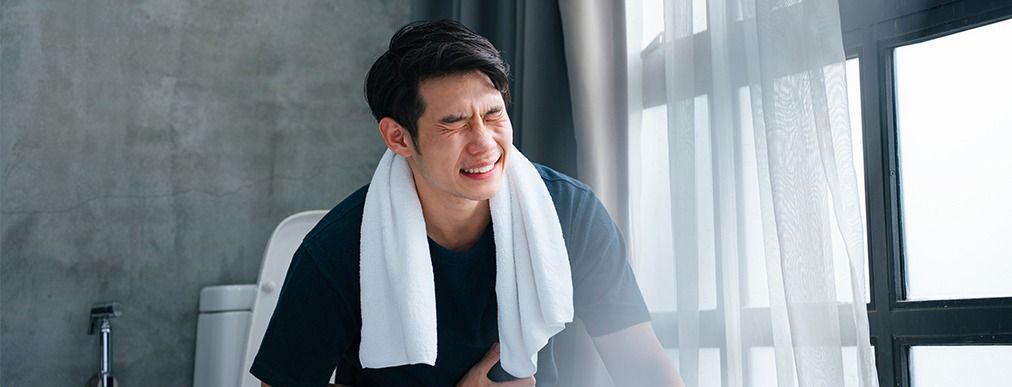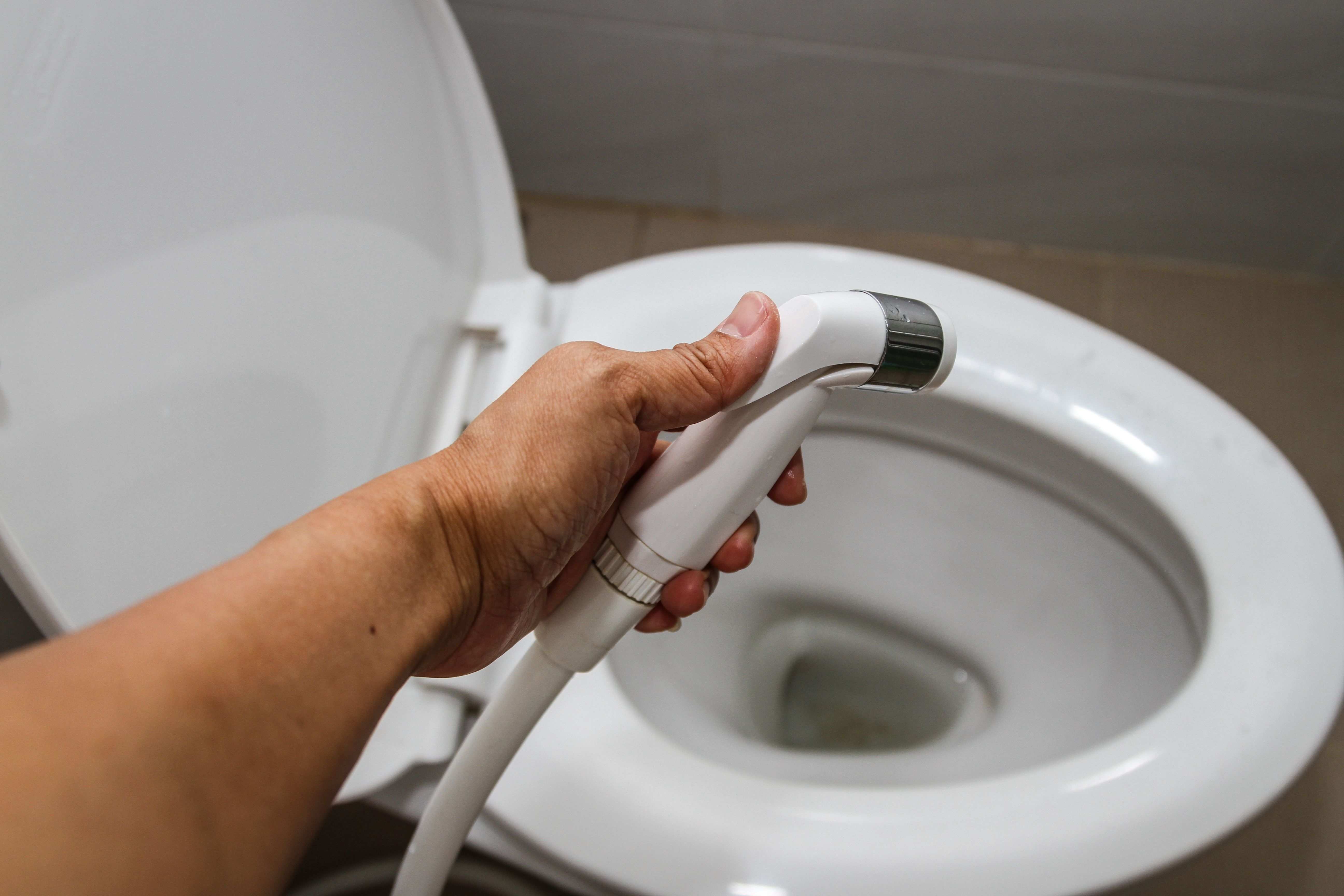Hemorrhoids
Prevention of Hemorrhoids
Treatment for Hemorrhoids
2/15/2024
Fight Hemorrhoids Naturally: Lifestyle Tweaks that Work
Hemorrhoids are a common condition that affects millions of people worldwide. The estimated worldwide prevalence of hemorrhoids in the general population is 4.4%.1 It occurs when the veins in the rectum and anus become swollen and inflamed. This can cause discomfort, pain, and bleeding. While there are many medical treatments available for hemorrhoids, making some simple lifestyle changes can also relieve it.
Here are some lifestyle changes that you can make to fight against hemorrhoids

Increase your fiber intake
One of the main causes of hemorrhoids is constipation.2 When you are constipated, you tend to strain more during bowel movements, which can put pressure on the veins in the rectal area and lead to hemorrhoids. To avoid constipation, you should increase your fiber intake. Fiber adds bulk to your stool and makes it easier to pass, reducing the need to strain. You can get fiber from fruits, vegetables, whole grains, and legumes.3

Stay Hydrated
Drinking plenty of water is essential for keeping the body hydrated and promoting regular bowel movements. It helps to soften the stool and reduce the risk of constipation, which can lead to hemorrhoids. Drinking at least 8 glasses of water per day, or more if you are physically active or in hot weather, can help to keep your body hydrated and prevent hemorrhoids.

Exercise Regularly
Regular exercise is essential for maintaining good health and preventing many health problems, including hemorrhoids. Exercise helps to improve circulation, reduce stress, and promote regular bowel movements. It also helps to strengthen the muscles in the anus and rectum, which can help to prevent hemorrhoids.4

Avoid sitting for long periods
Sitting for extended periods can put pressure on the veins in the rectal area and lead to hemorrhoids. If you have a sedentary job, make sure to take breaks every hour or so and walk around. You can also consider using a standing desk or a stability ball to sit on, which can help improve your posture and reduce pressure on the rectal area.5

Avoid Straining During Bowel Movements
Straining during bowel movements can put a lot of pressure on the veins in the anus and rectum, which can lead to hemorrhoids. To prevent this, it is essential to take your time and avoid straining during bowel movements. You can do this by relaxing and taking deep breaths while on the toilet.

Don't Sit on the Toilet for Too Long
Sitting on the toilet for an extended period can also put pressure on the veins in the anus and rectum. If you are having trouble passing a stool, it is better to get up and try again later.

Practice Good Hygiene
Practicing good hygiene can also help to prevent hemorrhoids. After bowel movements, it is essential to clean the anal area thoroughly with alcohol-free wipes or warm water. Avoid using harsh soaps or toilet paper that can irritate the area. This can help to reduce irritation and prevent infection.
To conclude, hemorrhoids can be a painful and uncomfortable condition but making simple lifestyle changes can help to prevent and manage them effectively. By increasing your fiber intake, staying hydrated, exercising regularly, avoiding straining during bowel movements, not sitting on the toilet for too long, and practicing good hygiene, you can fight against hemorrhoids and improve your overall health and well-being.
Despite your best efforts, if you are experiencing hemorrhoid symptoms you should always consult your doctor for treatment advice. Your doctor can help you by choosing the best treatment for your situation, such as venoactive drugs or, when needed, also explore the option of a medical procedure to remove or reduce hemorrhoids. Only your doctor knows what’s the best for you!
REFERENCES
- Kibret AA, Oumer M, Moges AM. Prevalence and associated factors of hemorrhoids among adult patients visiting the surgical outpatient department in the University of Gondar Comprehensive Specialized Hospital, Northwest Ethiopia. PLoS One. 2021 Apr 20;16(4):e0249736. doi: 10.1371/journal.pone.0249736. PMID: 33878128; PMCID: PMC8057569.
- Lohsiriwat, V. (2012). Hemorrhoids: from basic pathophysiology to clinical management. World Journal of Gastroenterology, 18(17), 2009–2017. https://doi.org/10.3748/wjg.v18.i17.2009
- National Institute of Diabetes and Digestive and Kidney Diseases. (n.d.). Hemorrhoids | NIDDK. [online] Available at: https://www.niddk.nih.gov/health-information/digestive-diseases/hemorrhoids
- Peery, A.F., Sandler, R.S., Galanko, J.A., Bresalier, R.S., Figueiredo, J.C., Ahnen, D.J., Barry, E.L. and Baron, J.A. (2015). Risk Factors for Hemorrhoids on Screening Colonoscopy. https://pubmed.ncbi.nlm.nih.gov/26406337/
- Sudoł-Szopińska, I., Bogdan, A., Szopiński, T., Panorska, A.K. and Kołodziejczak, M. (2011). Prevalence of Chronic Venous Disorders Among Employees Working in Prolonged Sitting and Standing Postures. International Journal of Occupational Safety and Ergonomics. https://pubmed.ncbi.nlm.nih.gov/21679668/
2026